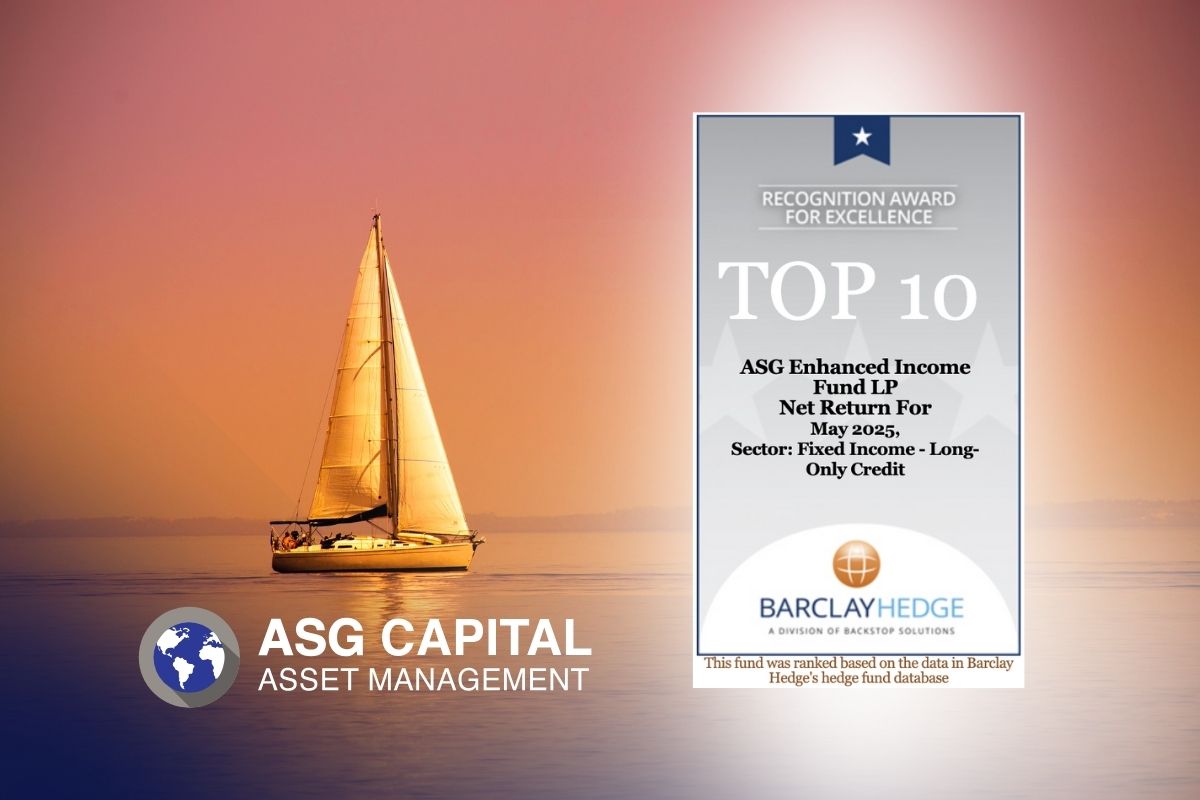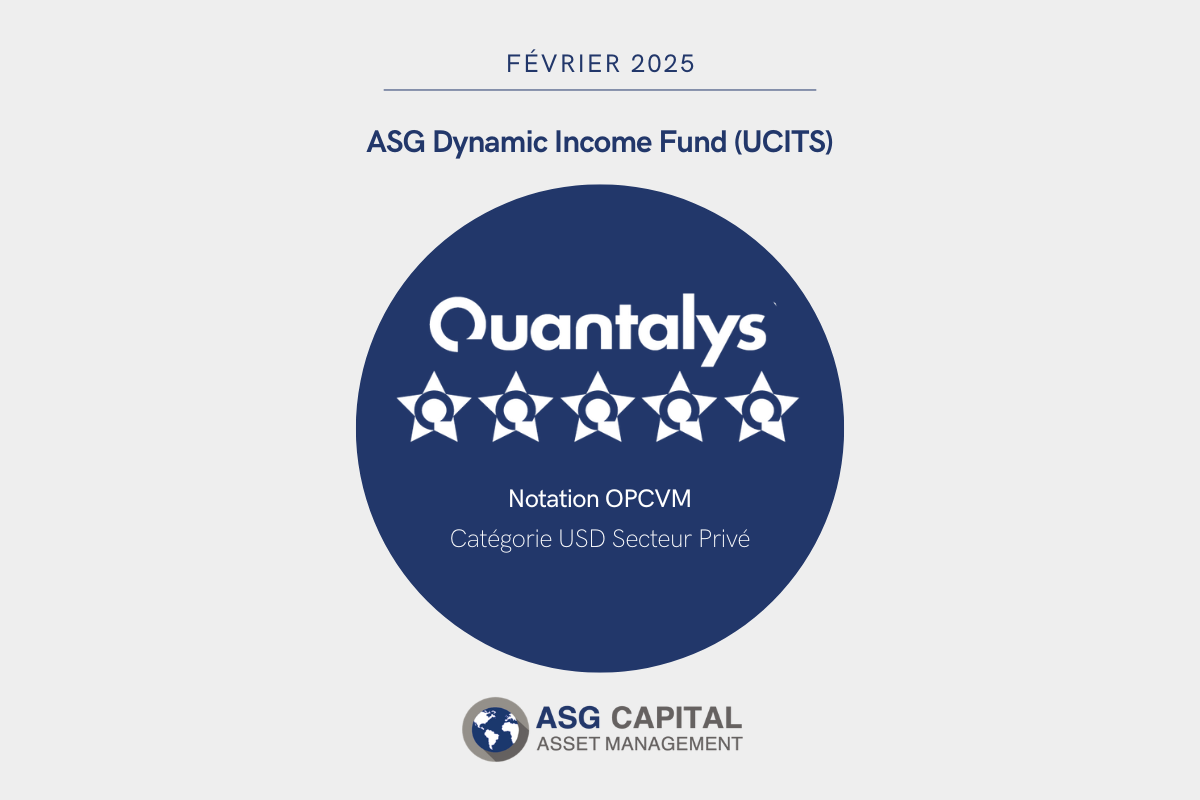Introduction
An ESG Fixed Income instrument is a special type of bond, specifically created to fund the new ‘green’ social agenda. The issuance of these environmental, social and governance (ESG) bonds is growing exponentially throughout fixed income markets carried by a rising investor demand for these instruments.
The declared objective is to bring an ethical funding for environmental projects within the general betterment in the organization of human society. Investors interested in ESG bonds will seek to secure a return on their investment while looking at the environmental contribution and sustainable nature of the project they will be funding. There is a new ethical paradigm to take account of when analyzing investor behavior as well as possible future trends in the development of the ESG Fixed Income market.
How does an issuer of bonds obtain the ESG label?
For a company to benefit from ESG label, a set of specific criteria has to be met. These standards can be applied to the individual project being financed, as well as the issuing entity looking to raise funds. Full transparency under the new Sustainable Finance Disclosure Regulation (SFDR) will need to be provided to investors for them to screen and vet targeted investments for their ESG compliance.
In detail, these criteria cover the company’s internal policies on protecting the Environment (Recycling, energy efficiency etc). They also include Social aspects, such as the firm’s management of relationships with suppliers, employees as well as the local community within which it operates. There is an assessment of the Governance in the management of executive pay, audits, internal controls and shareholders rights. Finally, a comparison could be made with other peer businesses in the same industry or the economy at large.
What are the funding objectives of an ESG bond?
The ESG bonds will target the funding of sustainable economic development projects. This includes alternative energy sources, efficient use of energy, clean water, pollution control, clean transportation, and low carbon footprint supply chains. Lesser-known areas such as waste management, natural resource conservation and the preservation of animal life may also be included under the ESG investment template.
Advantages and Risks for ESG bond issuers
By issuing ESG compliant bonds, firms can access a cheaper, more abundant and long-term source of financing.
This funding will no longer be sensitive to providing short-term economic returns only, as is the case presently for traditional bonds. Access to ESG capital will now be dependent on this combination of ethical and financial criteria. A well-designed ESG compliant business model should be able to rely on this investment resource for many years to come. The stability anticipated from this kind of financing should in turn facilitate the creation of long-term value and sustainable profitability for the issuer of these bonds.
The risks for the issuer will come from its operations. For a full compliance with ESG constraints, it will be fundamental for an issuer to maintain investor confidence through a high degree of transparency, which will be an on-going process. To a certain extent, once in the ESG investment pool there is no turning back.
Advantages and Risks for ESG bond Investors
Investors can expect to see more and more capital allocated to ESG funds over the next few years, as pressure for ethical investing imposes itself in society. The resulting rising inflow in this asset class may find itself having limited number projects to fund. With overwhelming investment demand relative to a limited ESG bond supply, these Fixed Income instruments could become valuable assets to hold relative to traditional bonds.
The objective of ESG is to finance tomorrow’s economy. For a Fixed Income investor, ESG bonds should have a better and more reassuring long-term economic and financial outlook compared to non-compliant instruments in industries destined to face a more uncertain future.
The main risk for investors will be to obtain reasonable returns on their investment. With world interest rates set to stay low for some time, any investment constraint such as ESG, limits the scope of bonds an investor can invest on. With a limited supply and a rising demand due to the current active ESG marketing campaigns, the price of these instruments may be very high thereby restricting their yield returns to very low levels.
Constraints on ESG investment funds
A private investor could find it an easy way to access to this new Fixed Income market by investing in investment vehicles, such as specialized ESG funds.
ESG funds, looking to promote this label, will be faced with new compliance and new restrictions. To address this, fund Asset Managers will need to define a strategic investment template and an analysis process to reassure investors that allocations are being deployed following the investor’s new ethical objectives.
ESG investment funds will also be subject to a new layer of on-going accountability on top of existing regulation.
Large investors such as Pension Funds may require stricter ethical guidelines on investment policy and management. Denmark, Sweden and northern Europeans countries are more advanced in this specific area of investment oversight.
In sum, ESG investment funds will have their hands full. They will be faced with the economic reality of having to create value performance over time, as well as conforming to their investment template, legal constraints as well as new investor demands. Their investment model will be exposed to a permanent ethical reputational risk. As for issuers (see above), full transparency will be necessary to maintain investor confidence at all times.
Conclusion
The creation of a new ESG Fixed Income asset class destined to improve the general quality of life is something to be welcomed. To a certain extent, this will bring the investor focus back on responsible and sustainable longer-term investments, away from the current situation of seeking short-term profits with little consideration for any negative environmental and social impact. On paper, this all looks very good….
In practice, certain industries, such as the technology sector, will find it easier to comply with ESG criteria. Others, such as the traditional energy sector, will not. Yet, it could be argued the ESG investment resource would be best allocated to help the transition of a capital-intensive sector towards clean energy for example, rather than to subsidize a tech. sector with a limited carbon footprint and capital need.
Compliance with the ESG criteria could become a costly exercise. Larger ESG bond deals may be economically viable to put in place compared to smaller ones. This would then favor important existing corporations issuing large debt instruments to the detriment of new or more modest organizations, when the later group may have a greater economic and ethical value proposal to fund.
From past experience, ‘socially responsible investments’ have shown how ethical criteria can add costly and bureaucratic constraints, making the performance potential of this Fixed Income asset class very limited over time. With world interest rates low, the weight of ESG compliance could remove the minimum return any investor would normally be entitled to. With the initial ESG craze behind us, these weak returns could bring investors back to economic reality thereby making an ESG bond not such a popular investment, which is not to be wished for.



